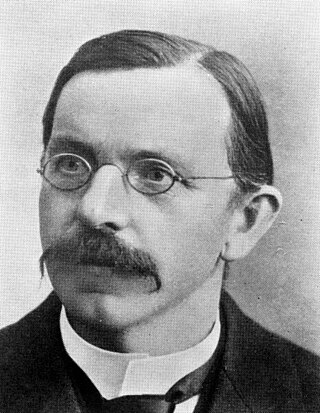
Jan Tschichold was a German calligrapher, typographer and book designer. He played a significant role in the development of graphic design in the 20th century – first, by developing and promoting principles of typographic modernism, and subsequently idealizing conservative typographic structures. His direction of the visual identity of Penguin Books in the decade following World War II served as a model for the burgeoning design practice of planning corporate identity programs. He also designed the typeface Sabon.

Armin Hofmann (HonRDI) was a Swiss graphic designer. One of the leading masters of Swiss design.

Alois Carigiet was a Swiss graphic designer, painter, and illustrator. He may be known best for six children's picture books set in the Alps, A Bell for Ursli and its sequels, written by Selina Chönz, and three that he wrote himself. In 1966 he received the inaugural Hans Christian Andersen Medal for children's illustrators.

Josef Müller-Brockmann was a Swiss graphic designer, author, and educator, he was a Principal at Muller-Brockmann & Co. design firm. He was a pioneer of the International Typographic Style. One of the main masters of Swiss design. Müller-Brockmann is recognized for his simple designs and his clean use of typography, shapes and colors which inspire many graphic designers in the 21st century.

Hans Erni was a Swiss graphic designer, painter, illustrator, engraver and sculptor.

Max Bill was a Swiss architect, artist, painter, typeface designer, industrial designer and graphic designer.

The Death of Virgil is a 1945 novel by the Austrian author Hermann Broch. The narrative reenacts the last hours of life of the Roman poet Virgil, in the port of Brundisium (Brindisi), whence he had accompanied the emperor Augustus, his decision – frustrated by the emperor – to burn his Aeneid, and his final reconciliation with his destiny. Virgil's heightened perceptions as he dies recall his life and the age in which he lives. The poet is in the interval between life and death, just as his culture hangs between the pagan and Christian eras. As he reflects, Virgil recognises that history is at a cusp and that he may have falsified reality in his attempt to create beauty.
Sandro Bocola was an Italian-Swiss writer and artist.
Paul Degen was a Swiss illustrator, caricaturist, painter and sculptor. He is mostly known for the cartoons he did for The New York Times and his 34 title illustrations for The New Yorker magazine in the 1970s and 1980s. In 1992 he was awarded the Basel Innovation Prize for inventing the "ROMA birth wheel."

Michael Schindhelm is a German-born Swiss author, filmmaker and curator.
Richard Paul Lohse was a Swiss painter and graphic artist and one of the main representatives of the concrete and constructive art movements.
Jan Balet, was a German/US-American painter, graphic artist and illustrator. Affected by the style naive art he worked particularly as a graphic artist and as an Illustrator of children's books. Besides this he painted pictures in the style of naive art. Referred to as a "naïve" painter, his works exhibit a dry wit and refreshingly candid, satirical view of life.
Edzard Schaper was a German author. Many of his works describe the persecution of Christians.
Blaise Bron was a Swiss graphic designer, industrial designer, exhibition designer, book designer, and photographer. Although he designed only nine posters, he was presented awards for five of them and became known to the public through them.
Niklaus Troxler is a Swiss graphic designer. He was the organizer of the Willisau Jazz Festival from 1975 to 2009.
The dtv Verlagsgesellschaft is a German publishing house headquartered in Munich. It was founded in 1960 by eleven publishers as a common paperback publishing house named "Deutscher Taschenbuch Verlag". Starting in 1996, dtv also published original editions and first editions. Since 2012, dtv has its own program with hardcover books. In 2015 the company's sales, with its 125 employees, were €65 million. dtv publishes approximately 500 new books annually. Its inventory of available titles and e-books is around 7000. In June 2015 the "Deutscher Taschenbuch Verlag" became the "dtv Verlagsgesellschaft".

Karl Wilhelm Ritter was a civil engineer, professor of the Swiss Federal Institute of Technology Zurich, and later rector of the Polytechnic Institute of Zurich (1887–1891).
Diether de la Motte was a German musician, composer, music theorist, music critic and academic teacher.

Niklaus Stoecklin was a Swiss painter and graphic artist. He is regarded as a Swiss exponent of New Objectivity and Magic Realism, and at least with his early works numbers among their international co-founders. He was also a poster designer of international renown.
Cornel Windlin is a Swiss graphic and type designer originally from Kerns (Obwalden) whose work has received national and international awards, been exhibited in museums and published in design books and publications. In addition to his design work, he also lectures regularly in Switzerland and abroad. His work has been extensively recognised in books, trade journals and exhibitions.










